Aloin
Aloin is extracted from Aloe Vera. Stanford Chemicals has been providing quality Aloin and many other natural plant extract for over 25 years.
Aloin Safety Tips
Handling of Aloin should only be performed by personnel trained and familiar with handling of potent active pharmaceutical ingredients. Moderate to severe irritant to the skin and eyes.
References
- 1. Synergic Study of α-Glucosidase Inhibitory Action of Aloin and its Antioxidant Activity with and without Camel β-Casein and its Peptides.
Ghamari F, Ghaffari SM, Salami M, Moosavi-Movahedi F, Farivar F, Johari A, Saboury AA, Chobert JM, Haertlé T, Moosavi-Movahedi AA.Protein Pept Lett. 2012 Oct 25. [Epub ahead of print] - 2. Anticancer potential of aloes: antioxidant, antiproliferative, and immunostimulatory attributes.
Harlev E, Nevo E, Lansky EP, Ofir R, Bishayee A.Planta Med. 2012 Jun;78(9):843-52. doi: 10.1055/s-0031-1298453. Epub 2012 Apr 19. Review. - 3. On the novel action of melanolysis by a leaf extract of Aloe vera and its active ingredient aloin, potent skin depigmenting agents.
Ali SA, Galgut JM, Choudhary RK.Planta Med. 2012 May;78(8):767-71. doi: 10.1055/s-0031-1298406. Epub 2012 Apr 11. - 4. Lithium/sulfur cell discharge mechanism: an original approach for intermediate species identification.
Barchasz C, Molton F, Duboc C, Leprêtre JC, Patoux S, Alloin F.Anal Chem. 2012 May 1;84(9):3973-80. doi: 10.1021/ac2032244. Epub 2012 Apr 20. - 5. Inhibitory activity of Aloe vera gel on some clinically isolated cariogenic and periodontopathic bacteria.
Fani M, Kohanteb J.J Oral Sci. 2012 Mar;54(1):15-21. - 6. Isolation and identification of phosphate solubilizing bacteria able to enhance the growth and aloin-A biosynthesis of Aloe barbadensis Miller.
Gupta M, Kiran S, Gulati A, Singh B, Tewari R.Microbiol Res. 2012 Jun 20;167(6):358-63. doi: 10.1016/j.micres.2012.02.004. Epub 2012 Mar 13. - 7. Microwave-assisted extraction performed at low temperature and in vacuo for the extraction of labile compounds in food samples.
Xiao X, Song W, Wang J, Li G.Anal Chim Acta. 2012 Jan 27;712:85-93. doi: 10.1016/j.aca.2011.11.034. Epub 2011 Nov 23. - 8. Aloin enhances cisplatin antineoplastic activity in B16-F10 melanoma cells by transglutaminase-induced differentiation.
Tabolacci C, Rossi S, Lentini A, Provenzano B, Turcano L, Facchiano F, Beninati S.Amino Acids. 2011 Dec 3. [Epub ahead of print] - 9. Bioactive compounds from natural resources against skin aging.
Mukherjee PK, Maity N, Nema NK, Sarkar BK.Phytomedicine. 2011 Dec 15;19(1):64-73. doi: 10.1016/j.phymed.2011.10.003. Epub 2011 Nov 23. Review. - 10. Single- and repeated-dose toxicities of aloe fermentation products in rats.
Cho JH, Kim HK, Baik SO, Choi SY, Lee JY.Lab Anim Res. 2011 Sep;27(3):235-44. doi: 10.5625/lar.2011.27.3.235. Epub 2011 Sep 30. - 11. In vitro accelerated mass propagation and ex vitro evaluation of Aloe vera L. with aloin content and superoxide dismutase activity.
Gantait S, Mandal N, Das PK.Nat Prod Res. 2011 Aug;25(14):1370-8. doi: 10.1080/14786419.2010.541885. - 12. In vitro antimicrobial and antioxidant activities of anthrone and chromone from the latex of Aloe harlana Reynolds.
Asamenew G, Bisrat D, Mazumder A, Asres K.Phytother Res. 2011 Dec;25(12):1756-60. doi: 10.1002/ptr.3482. Epub 2011 Mar 31. - 13. [The protective effects of sodium selenite and aloin against ultraviolet A radiation].
Guo Y, Ji R, Lü X, Wan YF, Jiang X.Sichuan Da Xue Xue Bao Yi Xue Ban. 2011 Jan;42(1):61-4, 118. Chinese. - 14. Dietary aloin, aloesin, or aloe-gel exerts anti-inflammatory activity in a rat colitis model.
Park MY, Kwon HJ, Sung MK.Life Sci. 2011 Mar 14;88(11-12):486-92. doi: 10.1016/j.lfs.2011.01.010. Epub 2011 Jan 26. - 15. Selective determination of aloin in different matrices by HPTLC densitometry in fluorescence mode.
Coran SA, Bartolucci G, Bambagiotti-Alberti M.J Pharm Biomed Anal. 2011 Jan 25;54(2):422-5. doi: 10.1016/j.jpba.2010.09.019. Epub 2010 Sep 19. - 16. Analysis of Aloe-based phytotherapeutic products by using nano-LC-MS.
Fanali S, Aturki Z, D’Orazio G, Rocco A, Ferranti A, Mercolini L, Raggi MA.J Sep Sci. 2010 Sep;33(17-18):2663-70. doi: 10.1002/jssc.201000408. - 17. DNA degradation by aqueous extract of Aloe vera in the presence of copper ions.
Naqvi S, Ullah MF, Hadi SM.Indian J Biochem Biophys. 2010 Jun;47(3):161-5. - 18. Synthesis of cytotoxic and antioxidant Schiff’s base analogs of aloin.
Kumar S, Matharasi DP, Gopi S, Sivakumar S, Narasimhan S.J Asian Nat Prod Res. 2010 May;12(5):360-70. doi: 10.1080/10286021003775327. - 19. Structure-properties relationships of lithium electrolytes based on ionic liquid.
Le ML, Alloin F, Strobel P, Leprêtre JC, Pérez del Valle C, Judeinstein P.J Phys Chem B. 2010 Jan 21;114(2):894-903. doi: 10.1021/jp9098842. - 20. Intestinal absorption of aloin, aloe-emodin, and aloesin; A comparative study using two in vitro absorption models.
Park MY, Kwon HJ, Sung MK.Nutr Res Pract. 2009 Spring;3(1):9-14. doi: 10.4162/nrp.2009.3.1.9. Epub 2009 Mar 31.
Details
| Product Name | Aloin |
|---|---|
| CAS No. | 1415-73-2 |
| Molecular Formula | C21H22O9 |
| Molecular Weight | 418.39 |
| Purity | 98% HPLC |
| Package | 25 kg/drum |
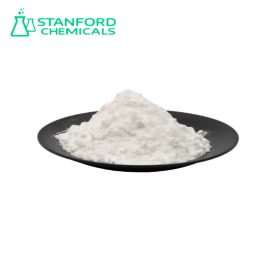
| Product Name | Artemether |
|---|---|
| CAS No. | 71963-77-4 |
| Molecular Formula | C16H26O5 |
| Molecular Weight | 298.38 |
| Botanical Source | Artemisia annua L. Leaf |
| Purity | 98% HPLC |
| Appearance | White powder |
| Package | 25 kg/drum |
| Storage | Stored in cool & dry places, protected from direct sunlight and heat. |
| Shelf Life | 2 years |
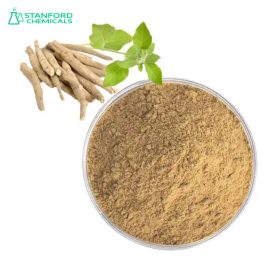
| Product Name | Astilbin |
|---|---|
| CAS No. | 29838-67-3 |
| Molecular Formula | C21H22O11 |
| Molecular Weight | 450.4 |
| Purity | 20%-90% HPLC |
| Package | 25 kg/drum |
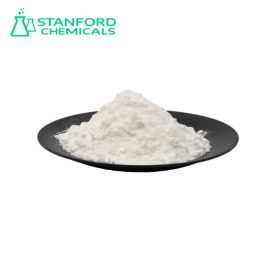
| Product Name | Artesunate |
|---|---|
| CAS No. | 88495-63-0 |
| Molecular Formula | C19H28O8 |
| Molecular Weight | 384.43 |
| Botanical Source | Artemisia annua L. Leaf |
| Purity | 97% HPLC |
| Appearance | White powder |
| Package | 25 kg/drum |
| Storage | Stored in cool & dry places, protected from direct sunlight and heat. |
| Shelf Life | 2 years |
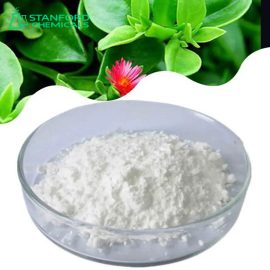
| Product Name | Andrographolide |
|---|---|
| CAS No. | 5508-58-7 |
| Molecular Formula | C20H30O5 |
| Molecular Weight | 350.44 |
| Botanical Source | Andrographis Paniculata ( Burm.f ) Ness |
| Purity | 98% HPLC |
| Appearance | White powder |
| Package | 25 kg/drum |
| Storage | Stored in cool & dry places, protected from direct sunlight and heat. |
| Shelf Life | 2 years |
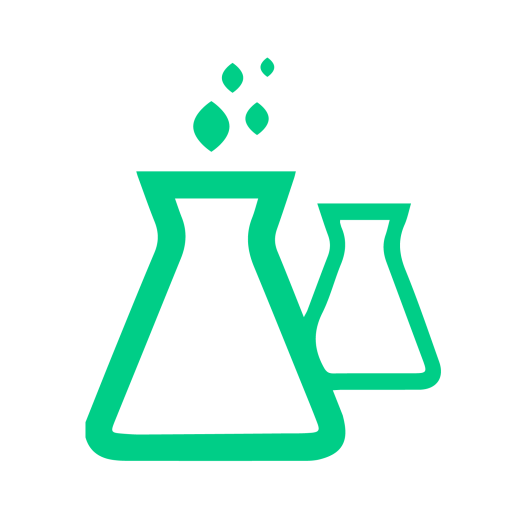

Reviews
There are no reviews yet.